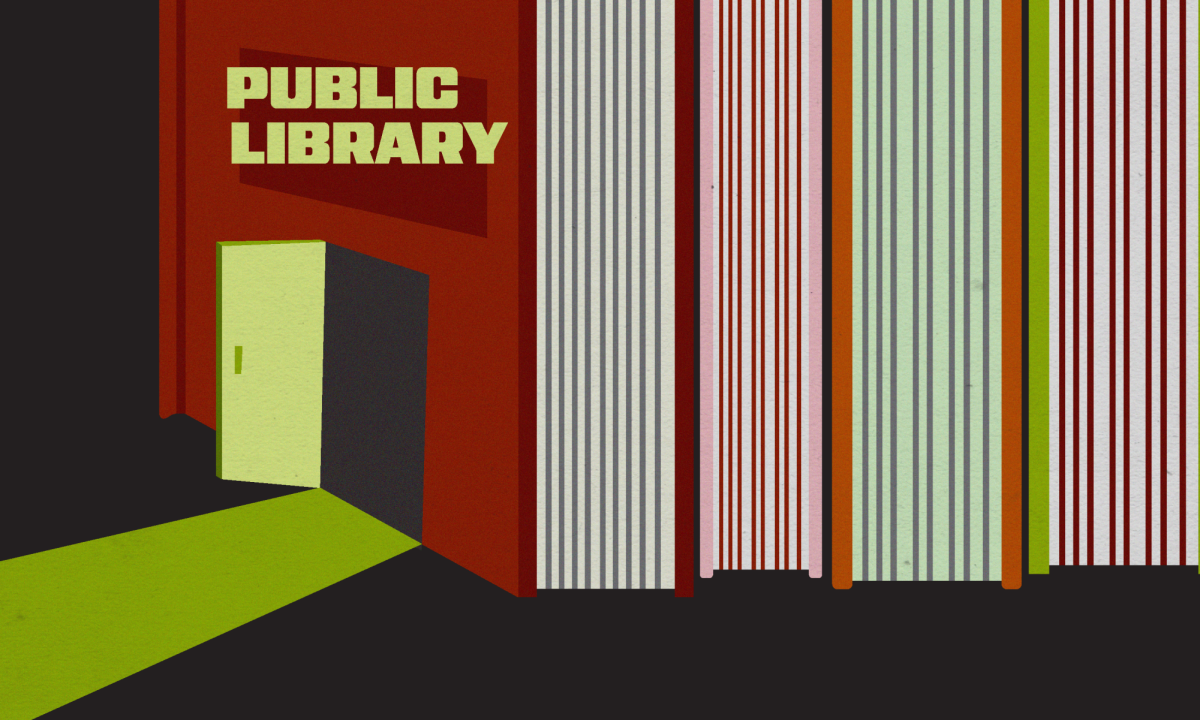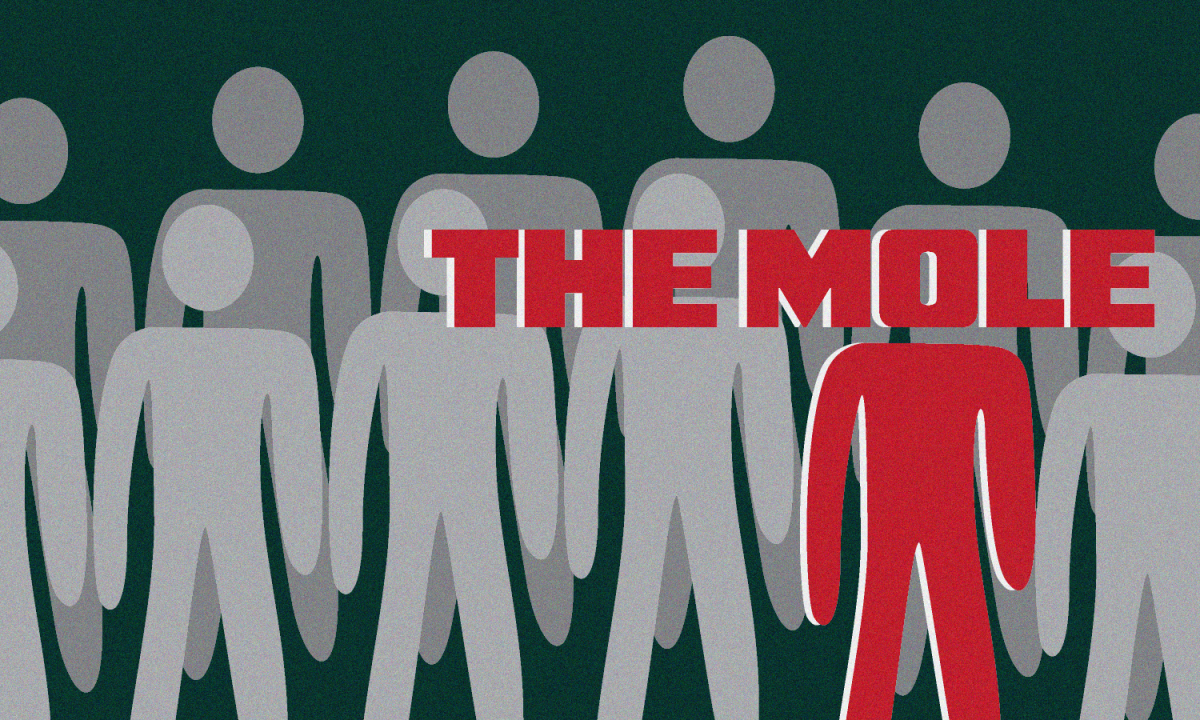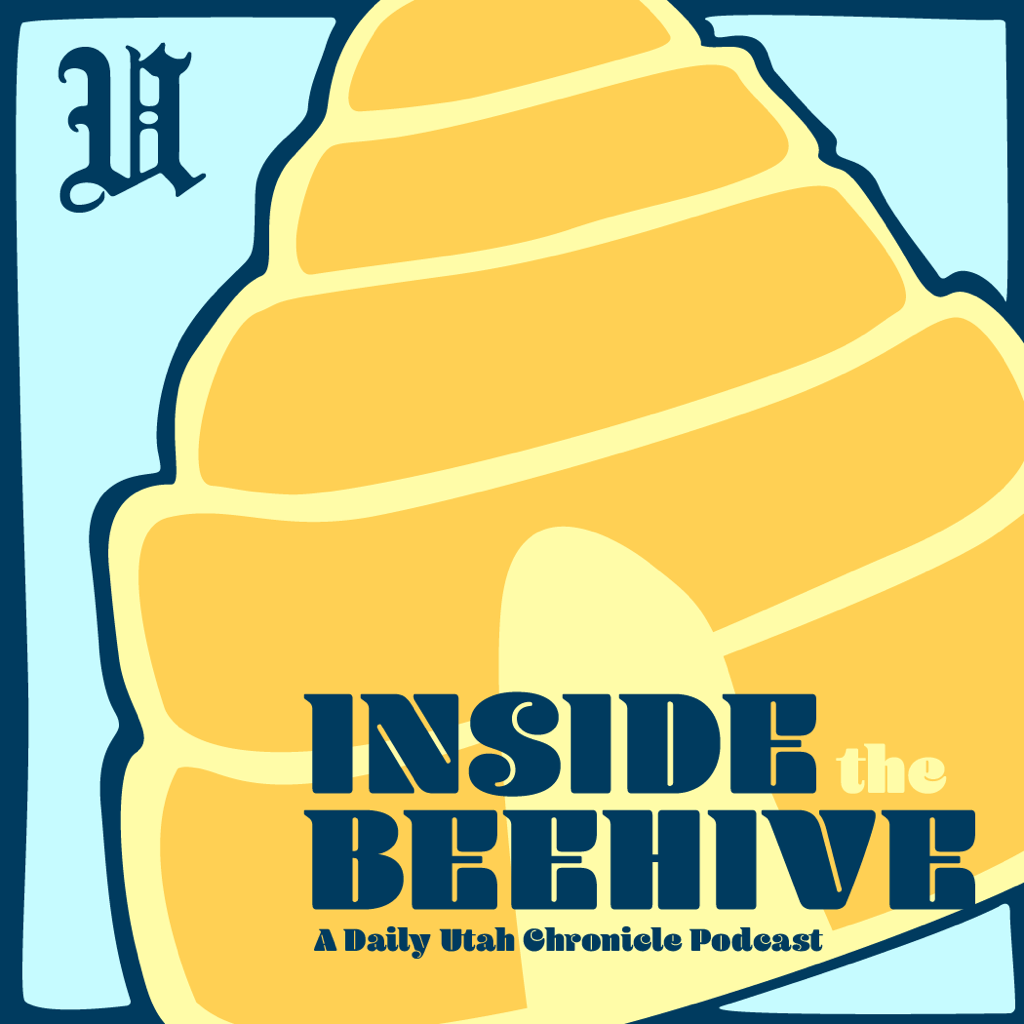The complex and complicated world of quantum physics may actually help simplify everyday life.
Researchers at the U have developed a way to read data stored in phosphorous atoms found in silicon, taking them one step closer to creating a super-fast computer.
Christoph Boehme, assistant professor of physics, has conducted the first successful experiment to read the magnetic data, or “spins,” stored in atoms, which are used to help read information transmitted in digital computers.
“This study is a breakthrough because it shows that you can successfully read the spins or nuclear orientation of atoms in silicon, and this mechanism can be used for reading data quickly,” Boehme said.
In the study, he and other U researchers applied an electrical current to silicon that was “doped” with phosphorous atoms, enabling them to read the magnetic information of 10,000 electrons and atom nuclei.
Modern computers transmit information through electrons. When the electrons are received, they are read by electrical switches either as “one” if there is a charge or “zero” if there is no charge, said Lee Siegel, public relations science news specialist. This reading provides a language of zeros and ones the computer understands.
In a quantum computer, however, the data can be read not just as ones or zeros, but as both at the same time. By reading and storing combinations simultaneously, the quantum computer could possibly process information more than 18 billion times faster than today’s computers, Siegel said.
Boehme’s experiment marks a milestone in the development of quantum computers because researchers have been trying to develop the techniques to read this data for more than seven years and this is the first successful application.
Boehme began experimenting with ways to read the magnetic spins five years ago in Berlin. A year ago, he began building the experiment and developed the mechanism that helps read the magnetic data in nearly 10,000 atoms.
He said that while this experiment is a great step toward furthering technology and shows great progress with reading the spins in atoms, they are still far from creating a quantum computer.
“In comparison to the development of the modern computer, we are still back at the abacus stage for developing a quantum computer,” Boehme said.
Reading nuclear data is still in the research phase and, while scientists can now read the data in 10,000 atoms, it will take greater strides to develop a mechanism to read the single atom necessary to create a quantum computer, Boehme said.
“We are very excited with this achievement, but we must continue to take the next steps and look toward improving the mechanism in the future.”
The study by Boehme and other U researchers will be published in the December issue of the journal Nature Physics.











